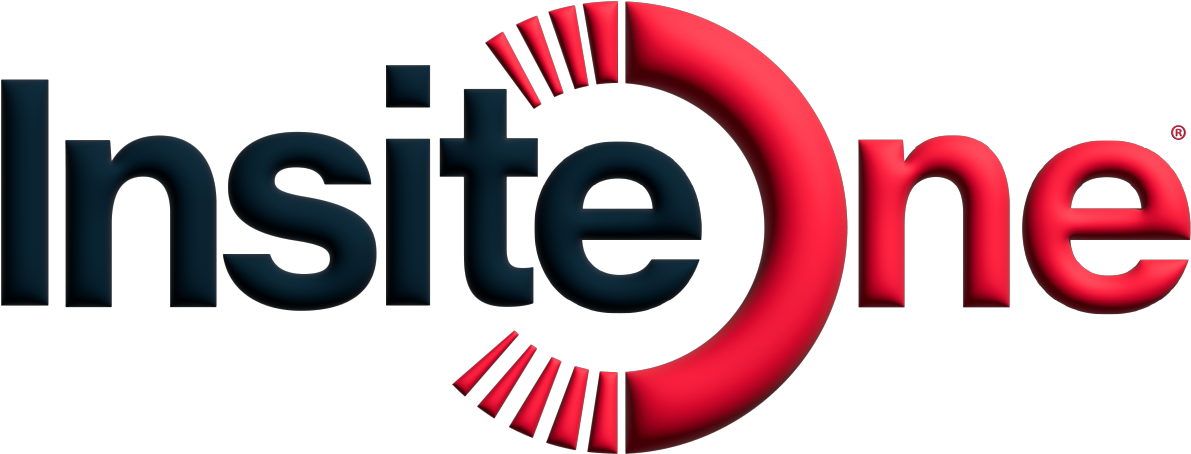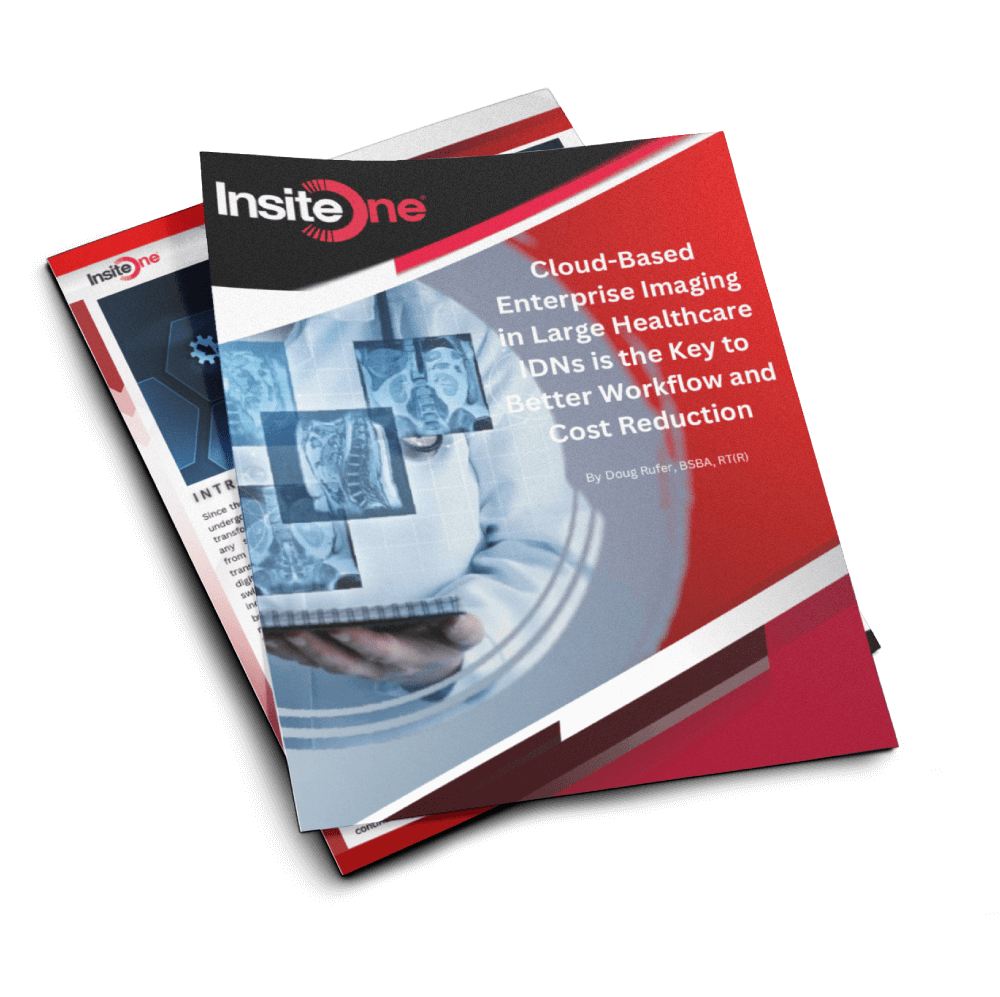Navigating the Merge Unity PACS Sunset

The Inevitable Cycle of Technological Progress
In the ever-evolving landscape of healthcare technology, change is an inescapable constant. As innovative solutions emerge, legacy systems inevitably reach their twilight, paving the way for more advanced alternatives. The impending sunset of Merge Unity PACS, a reliable workhorse for numerous diagnostic imaging and radiology practices, exemplifies this cyclical nature of progress.
Earlier this year, Meritive’s Merge Healthcare division announced that support for this platform would cease on December 31st, 2025. This revelation left many healthcare providers grappling with the prospect of transitioning to a new solution.
But while the sunsetting of Merge Unity PACS may seem like a formidable challenge, it presents a unique opportunity to reevaluate your technological infrastructure and explore cutting-edge alternatives. By adopting a forward-thinking mindset, practices can leverage this transition to streamline workflows, enhance operational efficiency, and ultimately elevate the quality of patient care.
Preparing for Your Transition
The impending retirement of Merge Unity PACS necessitates a proactive approach to ensure a seamless transition and minimize operational disruptions. By taking strategic steps, organizations can navigate this change with confidence and precision.
The first step to take is to conduct a comprehensive assessment of your practice’s current needs and future requirements. This evaluation should encompass various factors, including:
- Scalability: Determine the ability of your new solution to accommodate growth and adapt to evolving demands.
- Integration: Evaluate the compatibility of potential replacements with your existing electronic health record (EHR) system and other essential software.
- Workflow optimization: Identify opportunities to streamline processes and enhance efficiency through advanced features and automation.
- User experience: Consider the user-friendliness and intuitiveness of the new interface, ensuring a smooth adoption by your staff.
A new PACS inevitably involves financial implications so it’s crucial to factor in early the costs associated with migration, implementation, training, and ongoing maintenance. Additionally, identify potential cost savings or efficiencies that can be gained in the long run, such as reduced infrastructure expenses or increased productivity.
Next, identify key stakeholders on your transition plan, decision-makers, IT, and end-users, who will be involved in the evaluation and selection process. Solicit their input, address any concerns, and ensure the chosen solution aligns with organizational needs. Early and effective communication will facilitate better adoption and minimize resistance to change.
Evaluating Alternative PACS Solutions
With the sunsetting of Merge Unity PACS, exploring other alternative PACS solutions on the market can open new possibilities to better meet your long-term needs, including evaluating solutions offered by Merative/Merge Healthcare. Each option comes with unique strengths, features, and capabilities, but also with their own costs, making it essential to spend the time researching and evaluating your chosen solutions carefully. After compiling a list of potential candidates, be sure to:
- Research industry publications and online resources to identify potential vendors and their offerings.
- Seek recommendations from peers, professional networks, and industry experts.
- Attend trade shows and conferences to learn about the latest in PACS technology and engage with your list of vendors.
Assessing key features and capabilities against your specific requirements is the next step. Make sure you evaluate:
- Diagnostic viewing tools: Evaluate the quality and functionality of the viewing tools, ensuring they meet the needs of your radiologists and clinicians.
- Workflow automation: Explore the extent to which the PACS solution can streamline processes and enhance efficiency through automation and intelligent routing.
- IT infrastructure: Determine whether a cloud-based, on-premises, or hybrid solution aligns with your organization’s infrastructure preferences and security requirements.
- Disaster recovery and data redundancy: Assess the robustness of the system’s disaster recovery measures and data redundancy protocols to ensure business continuity and data integrity.
- Scalability and futureproofing: Consider the solution’s ability to scale and adapt to future growth, technological advancements, and evolving industry standards.
Scheduling demonstrations and proof-of-concept trials allows you to gain hands-on experience with your preferred solutions and provides you with the opportunity to discuss the vendor’s experience, support model, pricing options, and long-term product roadmap.
Exploring InsiteOne: A Compelling Alternative
Among the myriad of PACS solutions available, InsiteOne stands out as a compelling alternative for healthcare providers seeking a comprehensive and user-friendly platform. Below are a few areas where InsiteOne provides advantages over Merge Unity PACS for you to consider.
Robust Features and Diagnostic Tools
InsiteOne boasts a comprehensive suite of features designed to meet the diverse needs of modern imaging and teleradiology providers. From advanced diagnostic viewing tools to powerful workflow automation capabilities, this PACS solution aims to streamline operations and enhance clinical efficiency.
InsiteOne’s diagnostic viewing tools are tailored to support radiologists and clinicians in their daily tasks and include:
- High-resolution image rendering for accurate interpretation.
- Specialized tools for various modalities, such as mammography.
- Customizable hanging protocols and user preferences.
- Automated study distribution and load balancing.
- Intelligent prioritization based on configurable rules.
- Seamless integration with 3rd party applications (like EHRs, billing, and other systems).
- Customizable workflows tailored to your practice’s unique needs.
InsiteOne’s user-friendly interface and intuitive design makes the system easy to use, ensuring a seamless transition for healthcare professionals accustomed to Merge Unity PACS or other legacy systems. Key features like intuitive navigation and layout customization options, configurable toolbars and shortcuts for personalized workflows, consistent look and feel across various devices and seamless integration with voice recognition and dictation tools, are available to help ease your transition to a new solution.
Training and Support
To facilitate a smooth adoption process, InsiteOne also provides comprehensive training and support resources, including:
- On-site and remote training sessions for staff.
- Comprehensive documentation and online knowledge base.
- Dedicated support channels for prompt issue resolution.
- Regularly scheduled software updates and enhancements.
Scalability and Deployment Options
InsiteOne recognizes the diverse needs and preferences of different healthcare organizations, offering scalable solutions and flexible deployment options to accommodate varying infrastructure requirements. For practices seeking a cost-effective and secure solution, a cloud-based approach eliminates the need for on-premises hardware and leverages the benefits of cloud computing, such as:
- Reduced infrastructure costs and maintenance overhead.
- Automatic software updates and security patches.
- Seamless scalability to accommodate growth or fluctuating demands.
- Robust disaster recovery and data redundancy measures.
Alternatively, on-premises and hybrid deployment options offer the best of both worlds: data security and business continuity in the cloud, but options for on-site short-term image storage to access historical exams should access to the cloud become temporarily unavailable.
No matter what option you choose, InsiteOne provides a fully managed solution that takes the worry away of system maintenance, security patching, and on-going upgrades, as well as comprehensive service and support.
Finally, seamless integration with electronic health record (EHR) systems and other third-party applications is essential for scalability. InsiteOne offers full support for bi-directional HL7 integrations, open APIs for custom integrations, support for industry-standard protocols and data formats, and compatibility with a wide range of medical devices and modalities.
By ensuring seamless data exchange and workflow integration, InsiteOne streamlines operations, reduces redundant data entry, and enhances the overall efficiency of healthcare delivery.
Developing a Comprehensive Transition Plan
Once you have selected a suitable PACS solution, the next step is to develop a comprehensive transition plan. A well-structured plan ensures a smooth migration process, minimizes disruptions, and facilitates a seamless adoption of the new system.
Assembling a dedicated transition team with various key stakeholders should include members from IT, radiology, administration, and end-user groups. Clearly define their roles and responsibilities to ensure accountability and effective coordination throughout the transition process.
Data Migration and Legacy System Decommissioning
One of the most critical aspects of a transition is migrating existing patient data and study information from your legacy Merge Unity PACS to your new PACS. Develop a detailed data migration strategy and be sure your plans include how you will address data integrity and backup and recovery procedures. Once the data has been migrated and validated that the migration is complete, you can then decommission your legacy PACS solution.
Be sure to ask early on from both vendors (legacy and new PACS vendor) about all migration costs and timelines to complete the migration. Organizations can be caught off guard if costs associated with the migration project from both vendors are not captured as part of your total transition project. If your migration project is going to be particularly complex, you may want to have a conversation with 3rd party migration companies that have experience handling the challenges you anticipate with your migration to determine your best approach.
Infrastructure Readiness and Training
Ensure any new hardware upgrades, network optimizations, or cloud provisioning occurs as part of your new PACS project. Conduct thorough testing and validation to identify and resolve any potential issues before go-live.
Be sure to plan comprehensive user training and change management strategies early on to ensure a smooth adoption of your new PACS. A comprehensive training program tailored to different user groups, covering system functionality, workflows, and best practices will help ease your transition. As always, make sure communications remain open, solicit feedback, and be sure to regularly update your key stakeholders on implementation progress, milestones targets, and potential challenges or delays. Continually address any concerns and be prepared to refine your transition plan, if needed.
Implementation and Support Services
Your vendor becomes a long-term partner when you commit to purchasing their PACS solution. You want a vendor that is committed to customer success that extends beyond the initial implementation phase by providing 24/7 US based technical support, regular and frequent software updates and enhancements, and proactive system monitoring and performance optimization.
Addressing Common Concerns and Challenges
While the transition to a new PACS presents exciting opportunities, it is natural for healthcare organizations to have concerns and face challenges along the way. This section addresses some common apprehensions and offers strategies to overcome potential obstacles.
Cost and Budgetary Considerations
One of the primary concerns of a new PACS is the financial impact of a transition. It is essential to conduct a thorough cost-benefit analysis and develop a comprehensive budget that accounts for the following factors:
- Initial implementation costs, including hardware, software, and professional services.
- Data migration and legacy system decommissioning expenses.
- Training and change management initiatives.
- Ongoing maintenance, support, and subscription fees.
- Potential cost savings from improved efficiency and productivity.
Data Security and Compliance
In the era of increasing cyber threats and stringent regulatory requirements, ensuring data security and compliance is a paramount concern for healthcare organizations. As PACS solutions handle sensitive medical imaging data, it is crucial to prioritize robust security measures and adhere to industry standards and regulations. Be sure to evaluate key security measures such as:
- Encryption of data at rest and in transit.
- Role-based access controls and user authentication mechanisms.
- Audit trails and activity logging for monitoring and compliance.
- Secure remote access and mobile device management.
- Compliance with HIPAA and/or GDPR.
- Breach notification and incident response procedures.
- Regular risk assessments and audits.
By implementing robust encryption and access control measures, healthcare organizations can safeguard sensitive patient data and mitigate the risk of data breaches and unauthorized access.
Future-Proofing Your PACS Investment
While addressing immediate needs is paramount, it is equally important to consider the long-term viability of your PACS investment. As technology continues to evolve and new advancements emerge, healthcare organizations must ensure their chosen solution can adapt and remain relevant.
As your practice grows or requirements change, your PACS solution should be able to scale and adapt accordingly. Evaluate the scalability and flexibility of potential solutions, considering factors such as:
- Ability to handle increasing data volumes and user loads.
- Support for new modalities and imaging techniques.
- Flexible deployment options (cloud, on-premises, or hybrid).
- Customization and configuration capabilities.
The vendor’s commitment to innovation and their product roadmap are crucial indicators of the long-term viability of a PACS solution. Assess the vendor’s track record of delivering regular updates and enhancements, as well as their plans for incorporating emerging technologies and industry trends. Look for vendors that have plans for addressing new technologies like artificial intelligence (AI).
While the primary function of a PACS solution is to manage and distribute medical imaging data, its impact extends far beyond this core capability. Healthcare organizations can drive operational efficiency, enhance clinical collaboration, and ultimately improve patient outcomes. Greater operational improvements come through streamlined intelligent image routing, load balancing, automated pre-fetching, prioritization of relevant data, and the flexibility to add customizable workflows.
In Summary
As the healthcare industry continues to evolve, the role of medical imaging and PACS becomes increasingly pivotal in driving innovation, enhancing patient care, and supporting cutting-edge research and clinical applications. By selecting a PACS solution that is designed to be modality-agnostic and capable of accommodating new imaging techniques, healthcare organizations can future-proof their investment and ensure seamless integration of emerging technologies.
While selecting a new PACS can be a daunting task, the team at InsiteOne is here to help you along the way. Reach out to start a conversation and explore the options available as you begin your journey on selecting a new PACS for your organization!




